This post is sponsored by Ceva Animal Health, the maker of Vectra® 3D for dogs.
We’ve still been on the road a bunch, and this dude has been along for the ride. All the rides! Traveling with a dog requires consideration of health issues, campsite and hotel standards, as well as awareness of various travel provider rules. Here is a complete dog travel checklist to help you get ready for your trip.
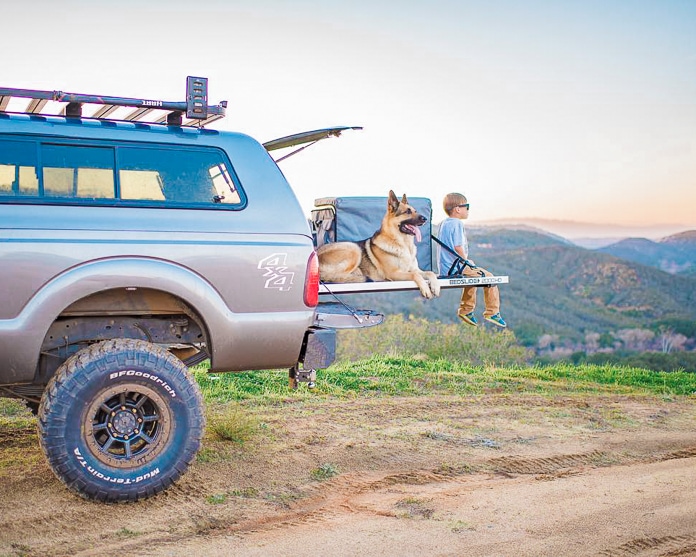
Whether you’re going rugged on the road or fly in the sky, here’s how you can get around with your big or little puppy pal girl or guy.
The Ultimate Dog Travel Checklist
Update Dog Tags
This is a good time to look into microchipping, or at least confirm that your pet’s dog tag reflects a current cell phone that you can be reached at on the road.
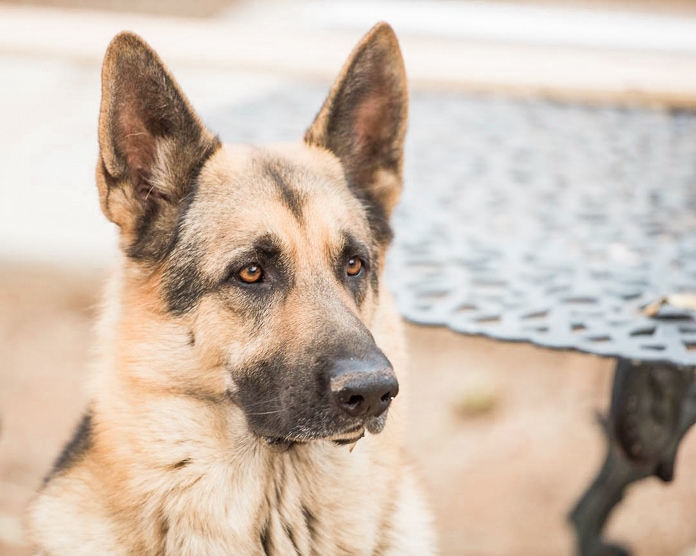
Get Groomed
Nobody wants to be dealing with big tufts of dog hair or rogue pup nails when they’re on the road. Grooming also deals with ear wax buildup, which can become a serious issue if left unattended. Getting groomed before you take off can help suss out any potential health issues that you may have missed, and it can also help make for a cleaner, more comfortable trip for everyone.
Touch Base with the Vet
Ask your dog’s vet for a health certificate and a copy of his or her vaccination record. Airlines and national parks may require this. While you’re at it, you should also check restrictions your destination and travel providers may enforce with regard to size, weight, breed, limit to number of animals, and further documentation requirements.
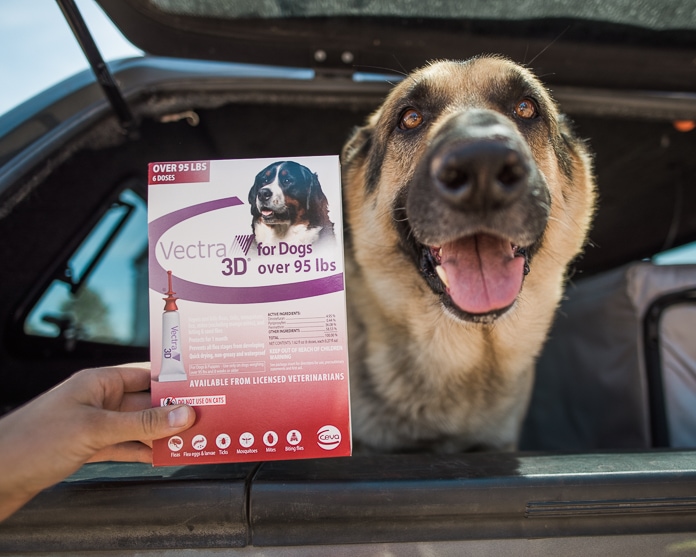
Bring Treatments and Medications up to Date
While you’re meeting with the vet, make sure that all necessary prescriptions are filled and that your pet is protected from hazards in the area you’re visiting. Our vet recommends Vectra® 3D to protect against fleas, ticks, mosquitoes, mites, biting flies and lice (excluding mange mites). There are a ton of parasites out there that can pose severe dangers to dogs, and a lot of competing flea treatments don’t do anything to stop them. Hazards vary in different regions. San Diego, for example, is one of the highest at-risk areas for heartworms – a fact that many people traveling here may not be aware of and may not properly protect their pets ahead of time. You may also want to talk about dog motion sickness medication.
Consider Potty Needs
Poo bags are essential, as any good dog owner knows. Don’t forget a leash, harness and flashlight as well, even if you plan to be boondocking or staying in a private space. You never know when your pup will need a potty break, and you should be prepared for any contingency.
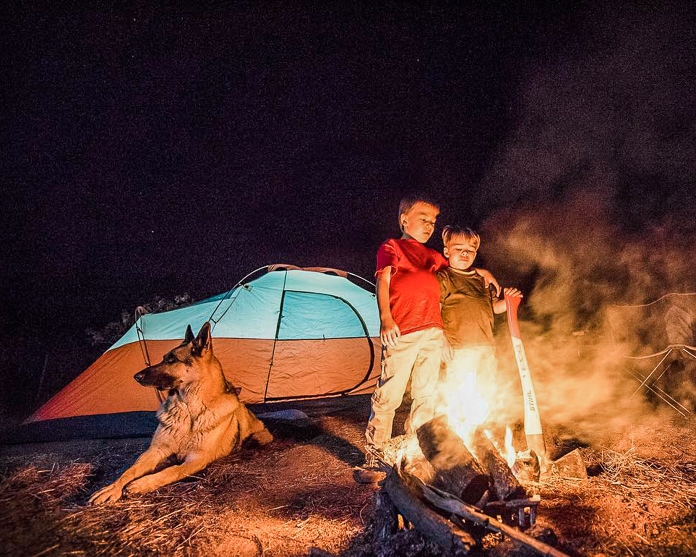
Suss out Sleeping Quarters
Whether you’re staying in a 5-star resort or a pop-up tent by the lake, don’t forget to consider where your pup will lay his paws! Some pets prefer to sleep in a crate so they feel like they have their own designated space when traveling. We always pack an extra sheet or towel.
Food and Accessories
Obviously, a dog’s gotta eat! If you’re driving, keep food accessible and make sure it doesn’t get buried under suitcases. If you’re flying, make sure that you have plenty of food in your carry-on in case you get delayed. You’ll also want a pop-up water dish and a refillable bottle to keep your healthy family dog fed.
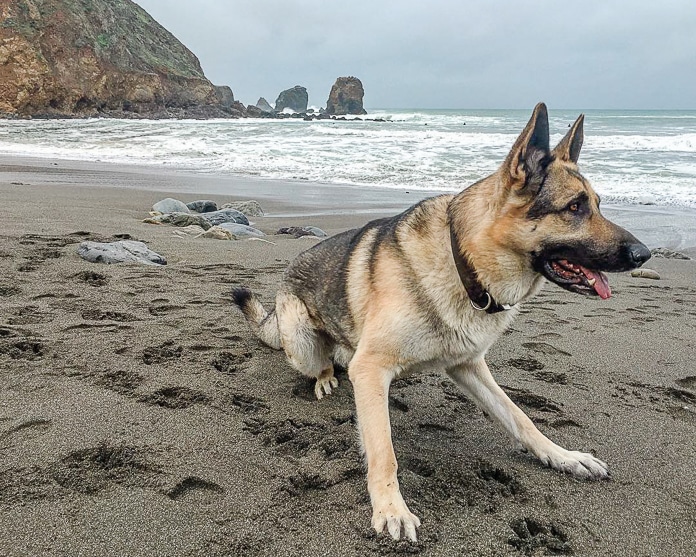
Cleaning Gear
Dogs are dirty. It’s a fact. They’ll get sand in the crevices of their toes, critters in their fur and dirt in their dander. Pack baby wipes, lint rollers and grooming supplies to help keep your travel space tidy.
Ready to hit the road? What’s on YOUR dog travel checklist?